You’ve found the perfect designer. Their portfolio is stunning, their style aligns with your vision, and you can already picture your brand’s future. You’re ready to sign on the dotted line and start the creative journey. But wait—what’s in that contract?
Before you dive headfirst into the design process, taking a moment to understand the legal and logistical framework of your agreement is one of the most critical steps you can take. A design contract isn’t just a formality; it’s a detailed roadmap for your project, a safeguard for your investment, and a clear definition of your partnership with the designer. It outlines expectations, responsibilities, and, most importantly, who owns what at the end of the day.
Let’s pull back the curtain and explore the key components of a typical design agreement, using a well-defined service model as our guide. By the time you’re done, you’ll be able to read any contract with confidence, knowing exactly what you’re agreeing to and how to ensure a successful outcome for your brand.
The Terms and Conditions: Your Roadmap to a Smooth Project
The terms and conditions section of a design agreement is the playbook for your collaboration. It covers the practical aspects of how the project will run, from payment to communication. Ignoring this section can lead to misunderstandings, delays, and a less-than-ideal final product.
Why Upfront Payment Is Standard Practice
Many design services, including models like the one offered by Logo Foundry, require a full upfront payment to start. This isn’t a sign of mistrust; it’s a common and practical industry standard. Here’s why:
- Securing Commitment: An upfront payment ensures both the client and the designer are equally committed to the project’s success. It solidifies the agreement and moves it from a conversation to a contract.
- Covering Initial Costs: Designers often have immediate expenses, such as software, fonts, and other resources, that they need to purchase to get started. The payment helps cover these initial outlays.
- Protecting the Designer: In the creative industry, where work can be subjective and clients can sometimes disappear, upfront payment offers the designer security for their time and effort. It helps avoid situations where a designer completes work only to have a client back out.
For a client, this means that your project officially begins once the payment clears. It’s a clear starting line that signals the beginning of the creative process.
The Reality of Revisions: Why Limits Exist
The “revisions” clause is one of the most misunderstood parts of a design contract. A typical agreement might state that the project includes a specific number of revision rounds, say three. While it might sound restrictive, this limit is a key component of a successful project.
- Defining Scope: Without a revision limit, a project can spiral into “scope creep,” where the designer is asked for an endless number of tweaks and changes. This is unfair to the designer, who has budgeted their time for a specific scope of work, and can lead to project fatigue and delays.
- Encouraging Clear Feedback: A revision limit forces you, the client, to be decisive and thoughtful with your feedback. Instead of sending an endless stream of minor edits, you’re encouraged to consolidate your thoughts and provide clear, actionable direction in a single round. This makes the process more efficient for everyone.
- The Cost of “More”: The contract will also outline the cost for additional revisions beyond the set number. This isn’t a penalty; it’s simply a way to compensate the designer for the extra time and effort required to continue working on the project outside the initial scope.
Project Timelines and Your Role
A contract will often specify a timeline for key deliverables, such as the initial concepts or the final files. What it might not explicitly state is how crucial your role is in meeting those timelines. A designer can only move forward once they have your feedback. Delays on your end—waiting a week to respond to a set of proofs, for example—can push back the entire timeline. Your responsiveness is a direct factor in the project’s success and its ability to meet the agreed-upon deadlines.
Copyright: Securing Ownership of Your Brand’s Future
This is where the rubber meets the road for your brand’s future. The copyright clause determines who legally owns the final design. For any business, big or small, securing full ownership of your logo is non-negotiable.
The Journey from Concept to Ownership
Most design contracts will clearly state that once the project is approved and full payment is made, the client receives full ownership rights to the final, approved logo. This is a critical distinction. The ownership is transferred from the designer to you only after the entire process is complete.
- What You Own: You get the final design. This means you have the legal right to use it for all purposes, including branding, marketing, merchandise, and more.
- What the Designer Retains: The designer typically retains ownership of all other creative assets generated during the project. This includes initial sketches, rejected concepts, and any early drafts. This protects their work and allows them to reuse elements or styles in future projects. Think of it like this: you bought the house, but the architect still owns the blueprints for the houses they didn’t build for you.
The Designer’s Portfolio: A Right to Showcase
A common point of concern for clients is whether the designer can display the new logo in their portfolio. It’s important to understand that a designer’s portfolio is their lifeblood—it’s how they get new clients. Most contracts will state that the designer has the right to showcase the final logo design in their own marketing and promotional materials.
If your brand is highly sensitive or confidential, and you absolutely cannot have the logo shown publicly, you need to address this before signing the contract. A request for a non-disclosure agreement (NDA) or a specific confidentiality clause must be made in writing. This is an important conversation to have upfront to manage expectations and respect both parties’ needs.
Final Thoughts: Building a Successful Creative Partnership
A design agreement is the foundation of a successful collaboration. It ensures that both you and the designer are on the same page, with clear expectations for payment, timelines, and ownership. By taking the time to read and understand these critical components, you’re not just protecting your business; you’re setting the stage for a smooth, transparent, and ultimately rewarding creative journey.
The next time you’re ready to start a design project, remember that the contract is your best friend. Read it, understand it, and don’t hesitate to ask questions. A professional designer will be happy to explain any clause to you, reinforcing the trust that is essential for a great partnership.

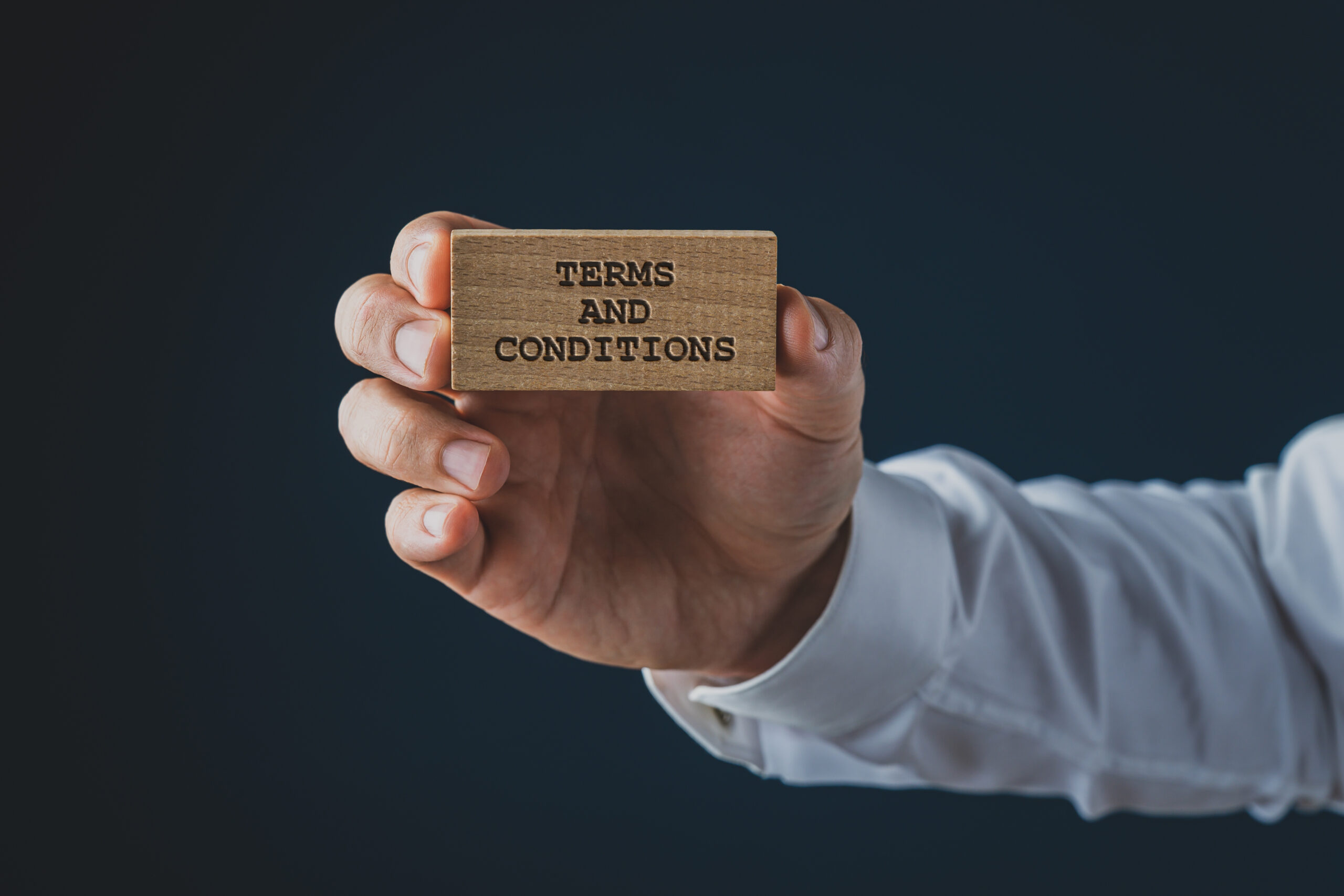

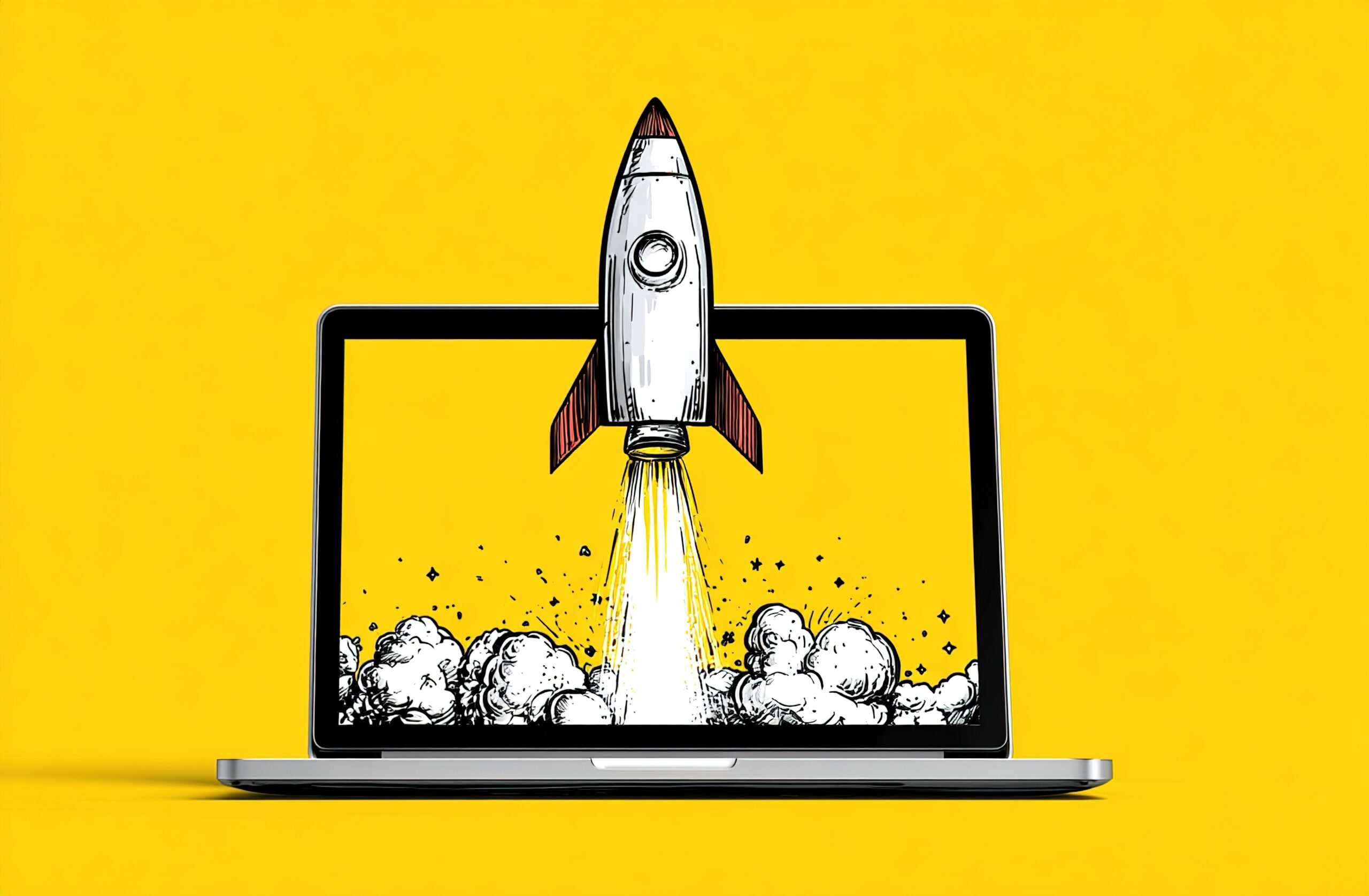

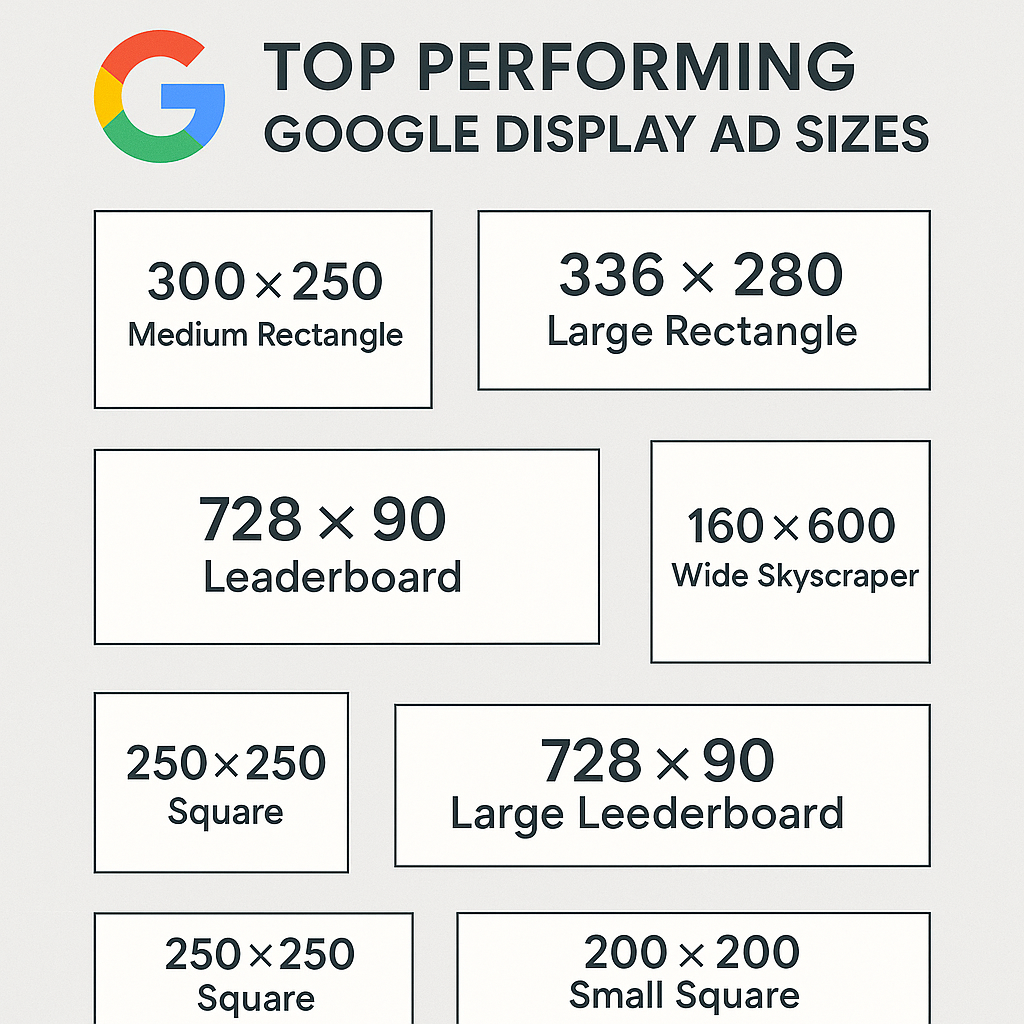


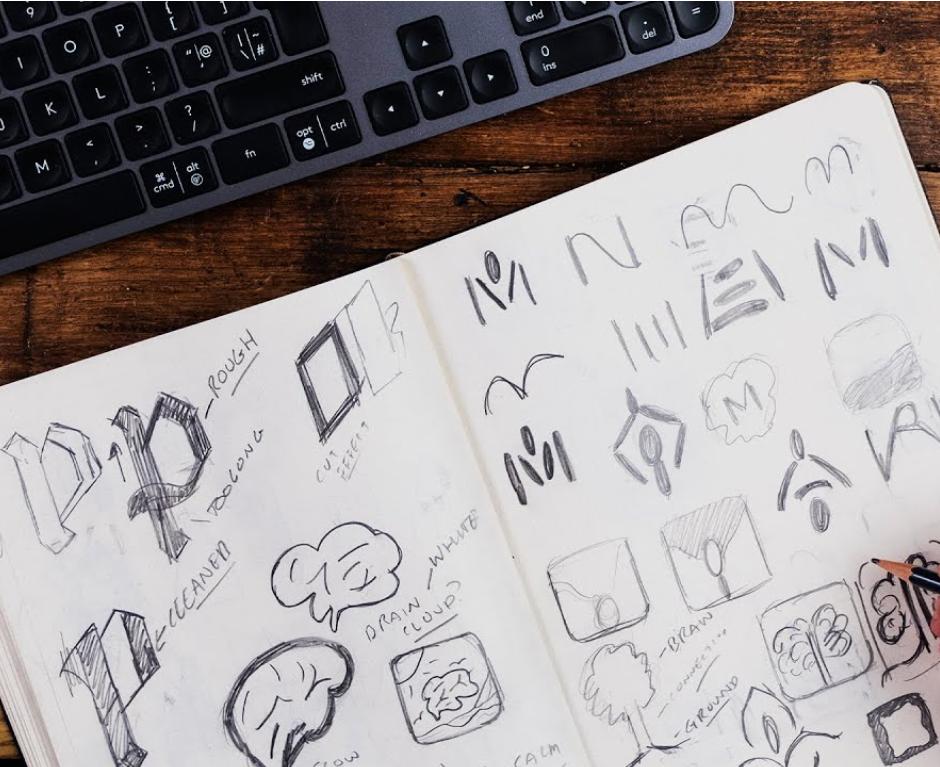
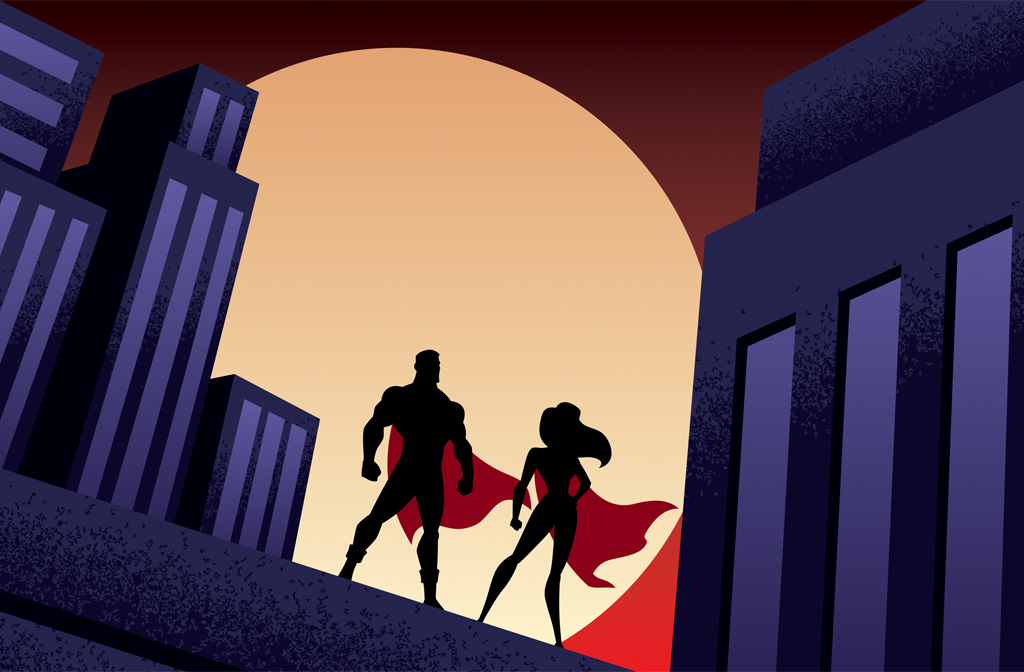
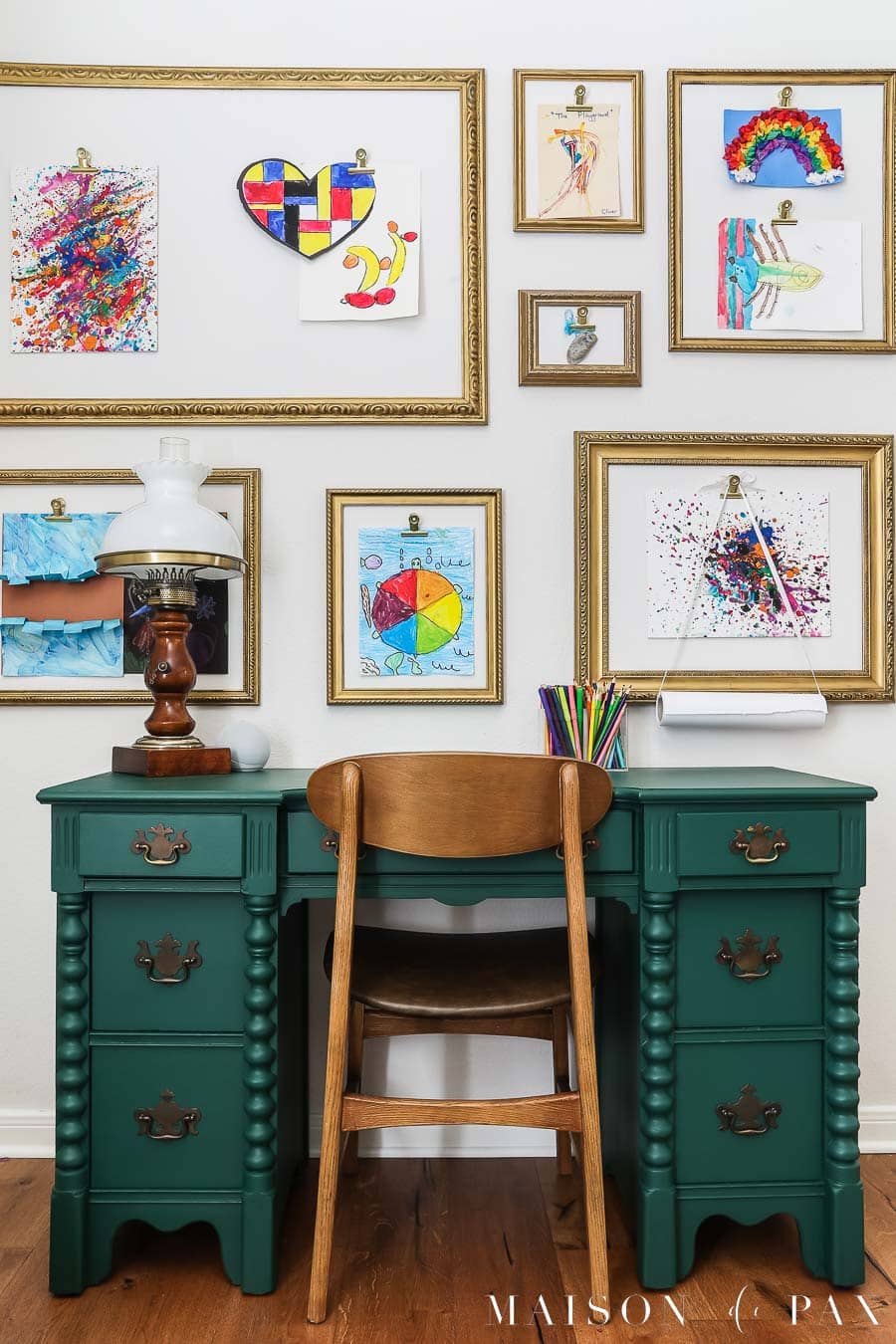
Leave a Reply